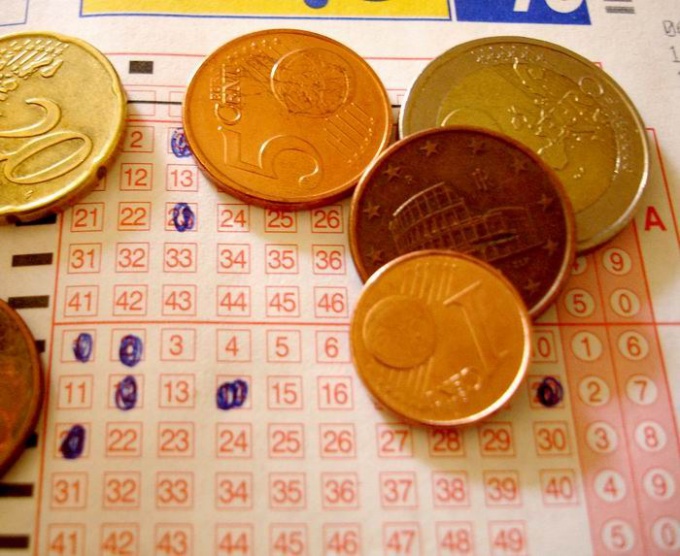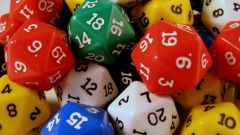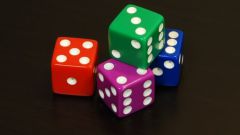Theory and terms
The world is constantly plenty of lotteries with different terms, conditions, win, prizes, but there are General principles for calculating the probability of winning that can be tailored to the conditions of a particular lottery. But first it is desirable to define the terminology.
So, the probability is computed to evaluate the possibility that the specified event occurs, which is often expressed in the form of the ratio of the number of the desired events to the total number of outcomes. For example, the probability of heads when tossing a coin is one to two.
On this basis, it is obvious that the probability of winning is the ratio of the number of winning combinations among all possible. However, we must not forget that the criteria and definition of "win" can also be different. For example, in most lotteries use this definition as a "class win". The requirements for winning the third grade is lower than the first prize, so the probability of winning the first class the lowest. Usually this win is the jackpot.
Another important point in the calculations is that the probability of two related events is calculated by multiplying the probabilities of each of them. Simply put, if you toss a coin twice, the probability of heads each time is equal to one to two, but the chance that the eagle will fall both times to be only one to four. In the case of three tosses, the chance falls to one to eight.
Odds calculation
Thus, to calculate the chance of winning the jackpot in an abstract lottery, where you have to guess correctly a few of the separated values from a certain number of balls (for example, 6 of 36), you need to calculate the probability of each of the six balls and multiply them together. Note that a decrease in the number of balls remaining in the drum, the probability of the right ball changes. If for the first ball, the probability of rolling a need, equal to 6 by 36, that is, 1 to 6, for second chance will be 5 to 35 and so on. In this example, the probability that the ticket will be winning will be 6x5x4x3x2x1 to 36x35x34x33x32x31, that is 720 to 1402410240 is equal to 1 to 1947792.
Despite these frightening numbers, people regularly win the lottery around the world. Don't forget that even if you do not take the main prize, there are also wins the second and third classes, the probability of getting that much higher. Moreover, it is clear that the best strategy is to buy multiple tickets in one draw, because each additional ticket multiples increases your chances. For example, if you buy one ticket, but two, and the probability of victory will be twice more: two out of 1.95 million, or about 1 to 950 thousand.




